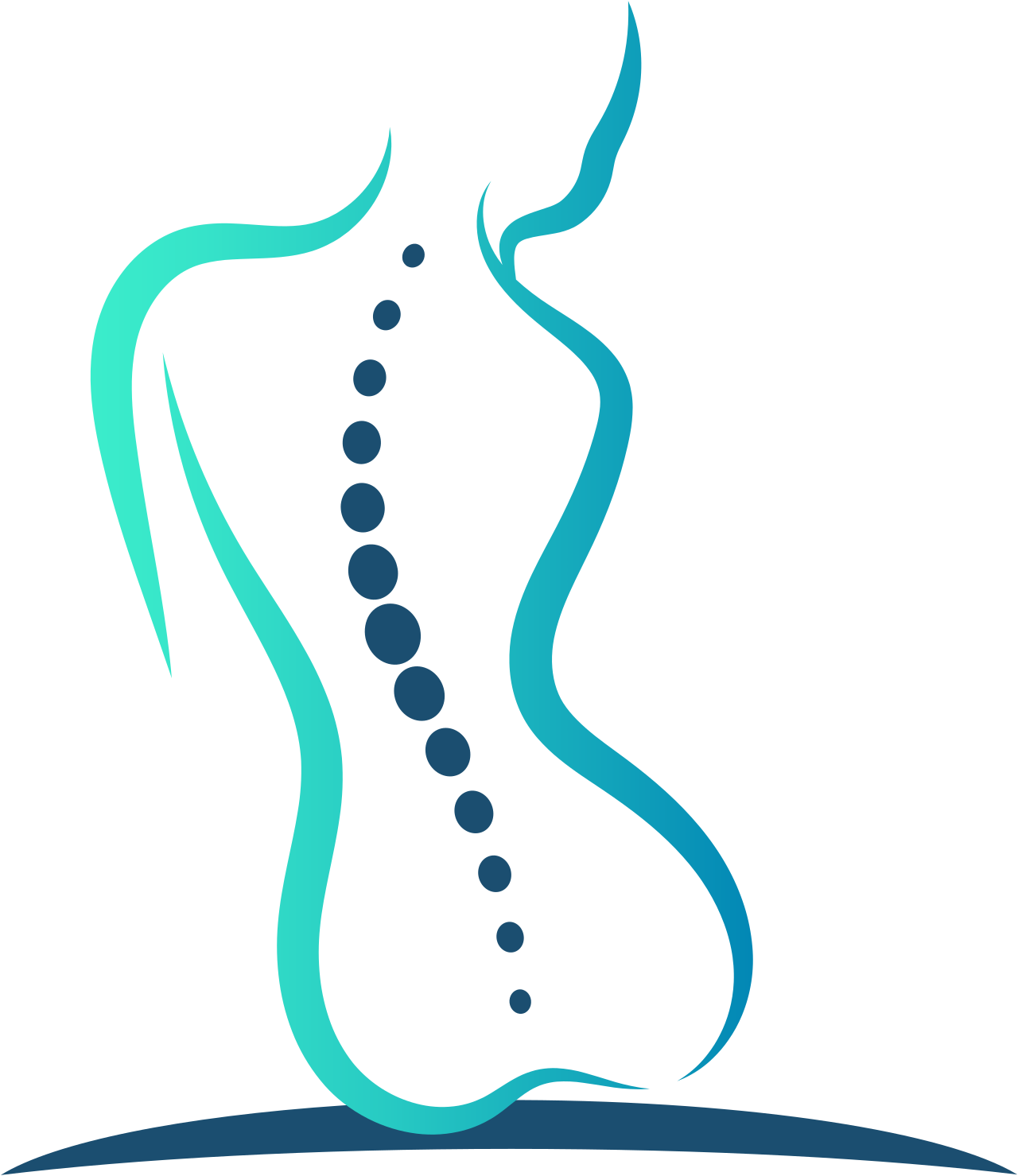Does Dallas-Fort Worth weather affect joint and muscle pain? Here’s what you should know
When winds shift or temperatures drop, do you feel it in your joints or muscles? You’re not imagining it. Changes in weather can have a real impact on joint and muscle pain, particularly in a climate as variable as Dallas-Fort Worth (DFW).
At DFW Interventional Pain Institute, we frequently see patients who experience heightened discomfort when the weather takes a turn. With DFW’s notorious weather swings and extremes—from scorching summers to unpredictable cold snaps—even the fittest among us may find ourselves asking, “Why do I feel stiffer today?”
In this blog post, we’ll break down the science, discuss how DFW’s climate plays a role and share expert strategies for managing weather-related pain.
How changes in the weather affect your joints and muscles
Ever wonder why weather changes seem to make your body ache? It boils down to how environmental shifts affect the tissues in your body.
Barometric pressure’s role
Barometric pressure, the weight of the atmosphere around us, fluctuates with changes in weather. When the pressure drops, such as before storms or cold fronts, tissues and joints can expand. This triggers increased sensitivity in nerves, particularly for individuals with arthritis, fibromyalgia or other chronic pain conditions.
Chilly temperatures
Cold weather often results in reduced blood flow to muscles, making them stiffer and less flexible. Many people notice their usual aches feel worse in low temperatures simply because their muscles aren’t as warm and pliable. Additionally, chilly air can increase joint fluid viscosity, which can amplify stiffness and pain.
Humidity and inflammation
High humidity levels commonly cause the body’s tissues to swell, which can exacerbate joint pain caused by inflammation. If your body’s joints are already tender or inflamed, humid weather can make moving around even more challenging.
DFW’s climate and its impact on your body
If you’ve lived in DFW long enough, you know just how unpredictable the weather can be. The area boasts hot, humid summers, chilly winters and wild weather fluctuations throughout the year. These sudden shifts in temperature and barometric pressure can worsen existing joint, muscle, or nerve pain, making DFW a challenging climate for individuals with pain-prone conditions.
For example:
Winter cold snaps can make your muscles stiff in the morning or after prolonged sitting.
Summer humidity often increases swelling in inflamed joints.
Rapid weather changes (think 80°F one day and 50°F the next) tend to aggravate pain as your body struggles to adjust.
This constant back-and-forth can leave DFW residents feeling like they’re on a physical treadmill, working harder just to maintain comfort.
Expert advice from Dr. Edrick Lopez
To better manage weather-related pain, it’s important not only to understand the cause but also to have access to effective treatment options.
Dr. Lopez, our founder and a Harvard-trained pain management physician, emphasizes that no two patients experience pain in the same way. “Weather can be a major aggravating factor for pain—but that doesn’t mean you need to simply put up with it,” he says.
Customized care is the key. At DFW Interventional Pain Institute, patients undergo a comprehensive evaluation process to determine the root cause of their discomfort. From there, Dr. Lopez crafts treatment plans tailored to each individual’s condition and lifestyle.
How to treat and manage weather-related joint and muscle pain
If weather patterns are taking a toll on your body, there are many ways to find relief. These treatments are designed to not only reduce pain but also improve mobility and overall function:
Medical treatments available at DFW Interventional Pain Institute
Physical therapy helps strengthen muscles and improve flexibility, making your body more resilient to environmental changes.
Trigger point injections provide focused relief for stubborn muscle tension.
Platelet-rich plasma (PRP) therapy can rejuvenate damaged tissues, especially for chronic arthritis or joint injuries.
Botox injections are a proven remedy for chronic migraines that worsen with cold weather.
Medications (over-the-counter or prescription) help manage inflammation and address acute pain flare-ups.
Psychological therapy equips you with coping strategies to handle chronic discomfort, reducing emotional distress linked to physical pain.
Lifestyle changes for prevention
Small adjustments to your daily habits can also make a significant difference:
Stay active to maintain circulation and keep your muscles loose.
Stretch regularly and gently warm up your body before intense movement.
Dress for the weather by layering up during cold spells and avoiding prolonged exposure to dampness.
Stay hydrated to reduce muscle cramping, particularly in Dallas’s humid summer months.
Monitor pain patterns to predict when changes in the weather might affect you most.
Don’t endure the weather. Manage it.
Weather patterns might be out of your control, but how you respond to pain doesn’t have to be. Whether you’re struggling with chronic joint stiffness, arthritic pain or temperature-sensitive muscle tension, there are proven ways to manage and treat your symptoms.
To learn more about personalized treatment options, schedule a consultation with Dr. Lopez here at DFW Interventional Pain Institute. Remember, living with pain isn’t your only option. Call us or visit our website to start your path to relief today.

